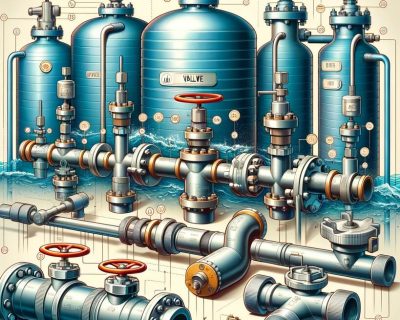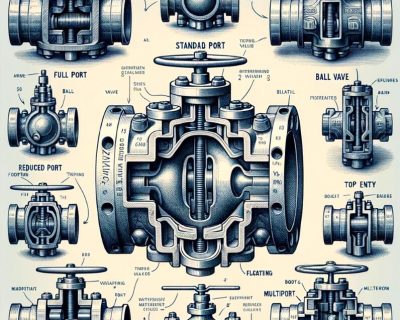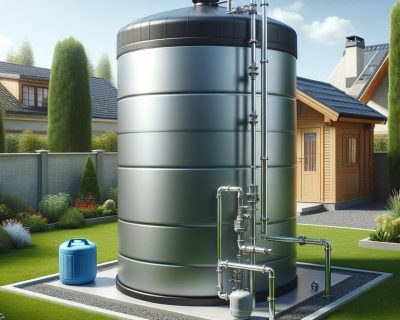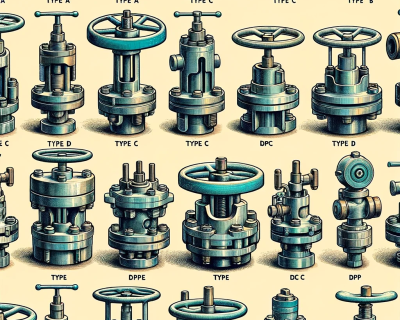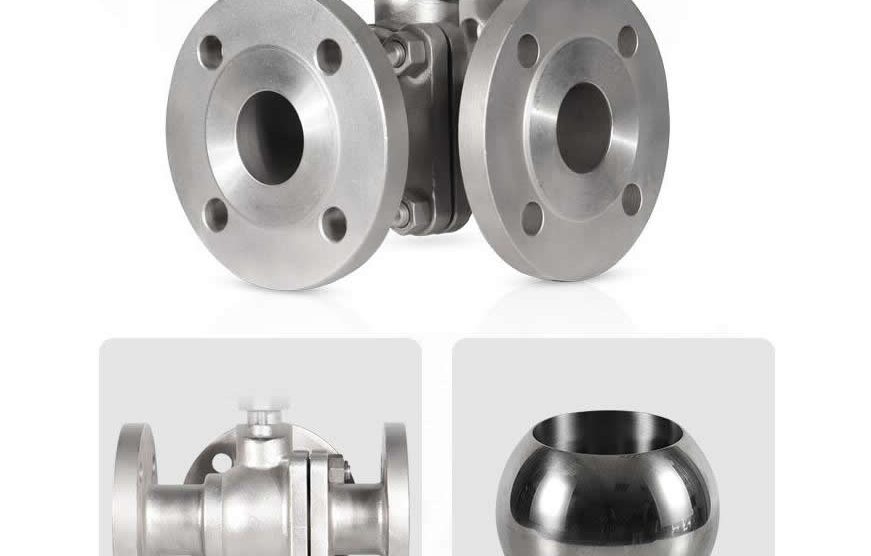
Introduction to Camlock Ball Valve: What You Need to Know
The camlock ball valve has etched its importance across various applications, from industrial processes to everyday utilities. In this article, we’ll unravel the intricacies of the camlock ball valve, its historical journey, and its defining features, setting the stage for professionals and enthusiasts alike to appreciate its significance in the modern world.
Table of Contents
ToggleHistorical Background of Camlock Valves
Before the rise of camlock technology, traditional valve systems dominated industries, each with its unique advantages and limitations.
The Age Before Camlock
For centuries, industries relied on rudimentary valve systems. These systems, while effective for their time, often required substantial manual effort for connection and disconnection, making them less efficient in fast-paced environments.
The Birth of Camlock Mechanism
The latter half of the 20th century witnessed the introduction of the camlock mechanism. Designed to facilitate quicker and more secure connections, Camlock valves, with their unique arm-based design, efficiency, and simplicity, have made them increasingly popular in various industries.
What is a Camlock Ball Valve?
Now that we have a glimpse of its historical roots let’s delve into the camlock ball valve’s design and functionality.
Definition and Basic Structure
At its core, a camlock ball valve integrates the principles of a standard ball valve with the camlock connection mechanism. It boasts a spherical disc, the ball, that controls the flow by using the ball’s hole alignment with the flow or blocking it.
Comparing with Other Valves
- Gate Valves: Used mainly as an on/off valve, they don’t offer the same quick connection as camlock valves.
- Globe Valves: Designed for flow regulation, they might not ensure as secure and leak-proof connections as camlock ball valves.
- Butterfly Valves: Though similar in function to ball valves, their design differs, and they lack the quick-connect feature of camlock valves.
Key Features and Advantages
What truly sets the camlock ball valve apart is its array of features:
- Quick Connections: With the camlock’s unique arm mechanism, connections can be secured in a matter of seconds.
- Leak-proof Design: The precision engineering ensures minimal leakage chances.
- Versatility: Suitable for a plethora of applications, from petroleum to chemicals and beyond.
Components and Design Features of Camlock Ball Valve
For a more in-depth understanding, let’s deconstruct the camlock ball valve piece by piece.
Body
Typically crafted from stainless steel, brass, or even polypropylene, the body of a camlock ball valve is designed for durability and longevity. The choice of material often aligns with the intended application and the type of fluid it’ll control.
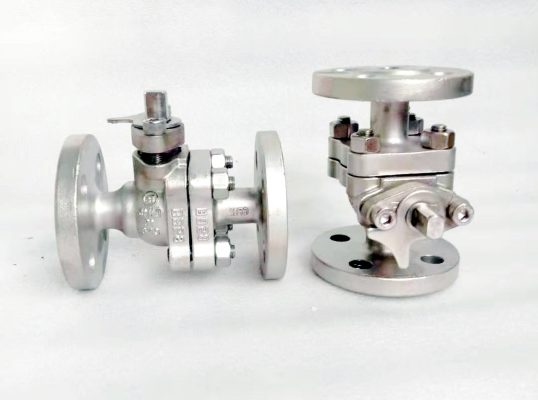
Cam Arms
These are pivotal components enabling the quick-connect feature. When the arms are closed, they provide a secure connection; when opened, they allow for easy disconnection. This feature can significantly reduce operational downtime in industries.
Seals and Gaskets
To ensure zero leakage, Camlock ball valves incorporate high-quality seals and gaskets. Depending on the application, these can be made from materials like nitrile, viton, or EPDM, each chosen for its resistance to specific chemicals and temperatures.
Ball Mechanism
The heart of the valve, the spherical ball, typically made of metal or plastic, regulates the flow. Its rotational movement aligns or blocks the flow path, ensuring precise flow control.
The camlock ball valve is a testament to how innovations can transform industries. As we’ve journeyed through its history, design, and features, it’s evident that this valve type is not just a mere component but an integral player in many of the processes and systems we rely on daily. With its myriad advantages, the camlock ball valve is undoubtedly a cornerstone in fluid control.
How Does a Camlock Ball Valve Work?
Diving into the operational specifics of the camlock ball valve provides insight into its efficiency and precision in fluid control.
Principle Behind the Ball Valve Mechanism
The camlock ball valve’s mechanism is elegantly simple. The valve features a pivoting ball with a hole drilled through its center. When the hole aligns with the flow, the valve is open, and when it’s perpendicular, the valve is closed. This straightforward design ensures minimal friction and resistance and a longer valve lifespan.
Step-by-step Operation Process
- Connection: The hose or pipe is inserted into the valve’s coupler.
- Securing: The cam arms are closed, sealing the connection securely.
- Flow Regulation: Using a handle, the ball inside is rotated to either align the hole with the flow (open) or block it (closed).
- Disconnection: The cam arms are opened, and the hose or pipe is safely removed.
Ensuring Tight Seals
What ensures the camlock ball valve’s effectiveness is its seals’ tightness. When the ball is rotated into the closed position, it presses against the seal, which prevents any liquid or gas from escaping.
Key Benefits of Using Camlock Ball Valves
While we’ve touched upon some advantages earlier, let’s explore the distinct benefits of camlock ball valves being an industry favorite.
Quick and Secure Connections
The Camlock design drastically reduces the time needed to establish or disconnect a connection. This efficiency can translate to substantial savings in industries where time equates to money. Moreover, these connections are secure, minimizing the risk of accidents or leaks.
Durability and Longevity
Camlock ball valves, made of robust materials resistant to wear and tear, promise a long operational life. This durability ensures that industries don’t have to frequently spend on replacements, leading to cost savings in the long run.
Versatility in Applications
Given their design and material variety, Camlock ball valves find use in numerous sectors. From controlling corrosive chemicals in the pharmaceutical industry to managing water flow in agriculture, their versatility is commendable.
Enhanced Safety
Accidents with fluid control can be hazardous. With their leak-proof design and secure connections, Camlock ball valves enhance workplace safety. Their ease of use further ensures that operational errors are minimized.
Applications of Camlock Ball Valves
The widespread adoption of camlock ball valves across sectors speaks volumes about their utility. Let’s explore some of their primary applications.
Industrial Applications
Manufacturing plants and factories extensively use Camlock ball valves. They aid in efficiently transferring raw materials, managing waste products, and even playing roles in intricate machinery.
Agricultural Relevance
Modern agriculture relies heavily on controlled irrigation. With their precise flow control, Camlock ball valves ensure that water reaches crops uniformly, optimizing yields and resource usage.
Chemical Industry
The transfer and management of chemicals demand valves that resist corrosion and ensure no leaks. With the right material choice, Camlock ball valves fit perfectly into demanding environments.
Everyday Usages
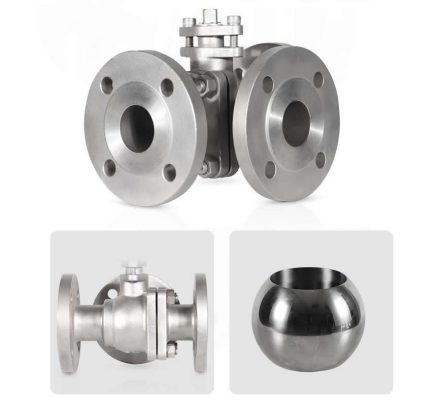
While industrial applications dominate, it’s intriguing to note that camlock ball valves also find use in common applications. Think of a fuel truck filling a gas station’s tanks or water management in large residential complexes.
From the historical evolution of the camlock mechanism to the intricacies of the camlock ball valve’s operation, we’ve traveled a journey that showcases its significance in modern fluid management. While seemingly simple, these valves stand as an amalgamation of engineering precision and practical utility. In sectors where fluid control is paramount, the camlock ball valve isn’t just an option; it’s often the best choice.


